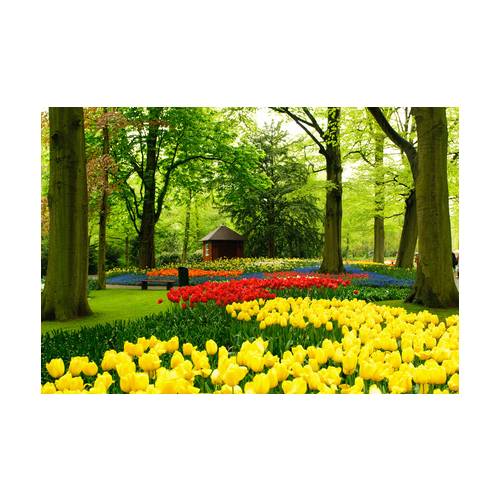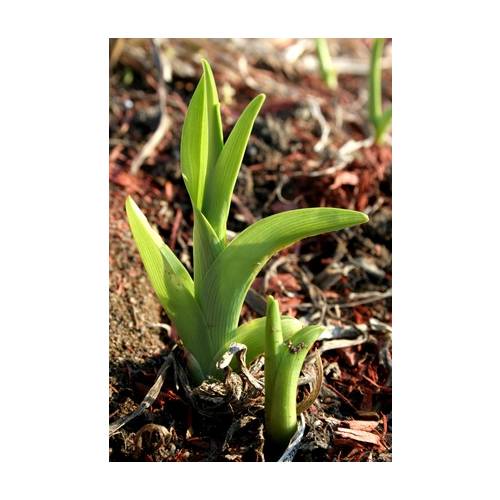
Each plant has its needs
Flowering bulbs
- Details
-
Flowering bulbs are one of nature’s miracles: you bury a small onion shaped object and a few months later out pops a vigorous stem bearing amazing flowers! On the other hand, it is a little more difficult to make sure that they return year after year...
Before planting...
Firstly, check the type of soil that you have: heavy and clay soils, which remain wet during the winter, are not the best for bulbs. They prefer soils that are both well-drained and rich like silt soils. They all need light in differing amounts. The lack of light will prevent from replenishing their reserves after flowering and subsequent flowering will become less frequently. In any case, it is difficult to make double flowered tulips and Crown Imperial (Fritillaria) flower again as both are very demanding. Go for the easier bulbs, which will naturalise themselves and reseed themselves in the garden. Both the Grape Hyacinth and Snow Drop are brilliant, when grown in large groups under shrubs.
Summer bulbs like Dahlias and Gladiolus are less demanding as they have not spent winter outside in the soil. However, they do need full sun. As they leave an empty space during winter, think about replacing them with plants that will provide interest during winter like coloured heathers or ornamental cabbages.
At planting time
Dig the soil deeply and if it is a little sticky add some matter that will aid drainage like fibrous compost. Do not make a layer of gravel in clay soil, even if it is sometimes recommended that bulbs should be planted in this way. The water will accumulate around the bulb and cause it to rot. Plant the bulbs quite deeply, at a depth of about three times their height. In sandy soil, it is best to plant a little deeper and in badly draining soil a little shallower. Place the tip of the bulb upwards. If you are in doubt, plant it lying on its side, the stem will find its own way up. Do not add fertilizer or water the bulb after planting: the bulb will look after itself. It is a good idea to mark the spot where they are planted so that you do not disturb them later if you forget !
Looking after them
Bulbs are a very easy plant. No watering is needed, because they simply go to sleep if the conditions are not favourable. Do not remove the foliage after flowering. There is no question of cutting it off or tying it into a knot, because this will deprive the bulbs of light and the following year there will be no flowers.
In autumn, lift the summer bulbs and store them in a cellar or similar place at a temperature between 5-10°C protected from the frost and light. Do not forget to label them so that you remember the colour. Spring flowering bulbs and those that spend winter in the soil do not need to be lifted once the foliage is withered. - Photos (2)


